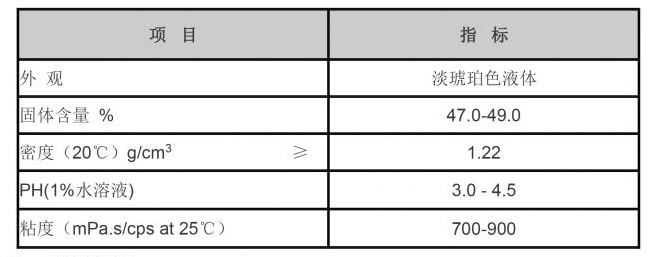poly aluminum chloride pac
Poly Aluminum Chloride (PAC) An In-Depth Overview
Poly Aluminum Chloride (PAC) is a widely used chemical compound that plays a crucial role in various industrial applications, primarily as a coagulant in water treatment processes. As an aluminum-based inorganic polymer, PAC has gained significant attention due to its effectiveness in purifying water and enhancing the quality of treated water. This article aims to explore the properties, production, applications, and environmental considerations associated with PAC.
Properties of Poly Aluminum Chloride
PAC is a versatile compound characterized by its yellowish-white solid appearance. It is soluble in water and forms a stable solution, making it suitable for various applications. The chemical structure of PAC is that of a polycation, which allows it to interact effectively with negatively charged particles in water, such as suspended solids, colloids, and organic matter. This unique property is vital for its role as a coagulant in water treatment processes.
The molecular weight of PAC can vary, typically ranging from 50,000 to 200,000 g/mol, depending on the specific formulation. The pH of PAC solutions usually falls between 3.5 and 5, which is ideal for the coagulation process. These characteristics contribute to the efficiency of PAC in removing impurities from water.
Production of Poly Aluminum Chloride
PAC is produced through the controlled reaction of aluminum hydroxide or aluminum chloride with hydrochloric acid. This process generates aluminum ions that polymerize to form PAC. The production can be adjusted to create different formulations with varying molecular weights and properties, depending on the intended application. Manufacturers often use different types and concentrations of aluminum sources to produce PAC that meets specific needs.
The process of producing PAC is generally considered to be environmentally friendly compared to other coagulants, such as traditional aluminum sulfate
. The lower levels of sludge generated during the treatment process make PAC a more sustainable option in water treatment facilities.poly aluminum chloride pac

Applications of Poly Aluminum Chloride
The primary application of PAC is in water and wastewater treatment. It is extensively used in municipal water supply systems and industrial wastewater treatment plants. PAC effectively removes suspended particles, turbidity, and organic matter, resulting in clearer and safer water. Its ability to function efficiently across a wide pH range makes it suitable for different water sources, including surface water, groundwater, and industrial effluents.
In addition to water treatment, PAC is also employed in various other industries. It is used in the production of paper, where it serves as a retention aid, improving the quality and yield of paper products. PAC finds applications in the food industry as a processing aid, in cosmetics for its thickening properties, and in pharmaceuticals for various formulations.
Environmental Considerations
While PAC is generally considered safe and effective, it is essential to manage its use responsibly. The residual aluminum present after the coagulation process can raise concerns regarding water quality. Regulatory bodies have established guidelines to ensure that the levels of aluminum in treated water are within acceptable limits to protect human health.
Furthermore, the manufacturing process of PAC should adhere to environmental regulations to minimize any adverse effects. Sustainable practices, including recycling and waste reduction, are crucial in the production and application of PAC to ensure that it doesn't harm aquatic ecosystems or the environment.
Conclusion
Poly Aluminum Chloride (PAC) is a vital chemical in the water treatment industry, known for its efficient coagulation properties and versatility. Its production process is relatively sustainable, offering a solution to various water quality challenges faced by municipalities and industries alike. As the demand for clean and safe water continues to grow, the significance of PAC in water treatment processes will likely increase, underscoring the need for responsible use and management to protect both human health and the environment.
-
LK-319 Special Scale And Corrosion Inhibitor For Steel Plants: Advanced Solutions for Industrial Water SystemsNewsAug.22,2025
-
Flocculant Water Treatment: Essential Chemical Solutions for Purification ProcessesNewsAug.22,2025
-
Isothiazolinones: Versatile Microbial Control Agents for Industrial and Consumer ApplicationsNewsAug.22,2025
-
Scale Inhibitor: Key Solutions for Water System Scale PreventionNewsAug.22,2025
-
Organophosphonates: Versatile Scale Inhibitors for Industrial Water SystemsNewsAug.22,2025
-
Scale and Corrosion Inhibitor: Essential Chemical Solutions for Water System MaintenanceNewsAug.22,2025





